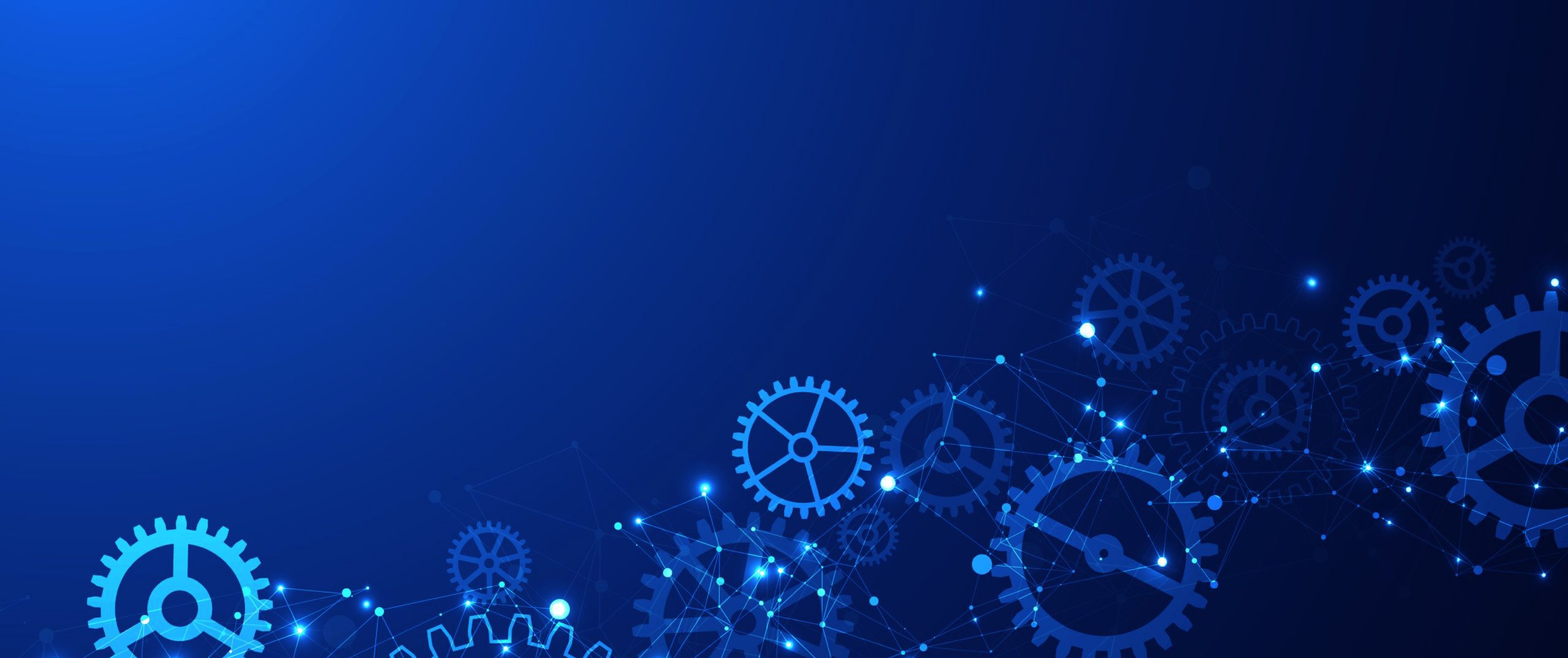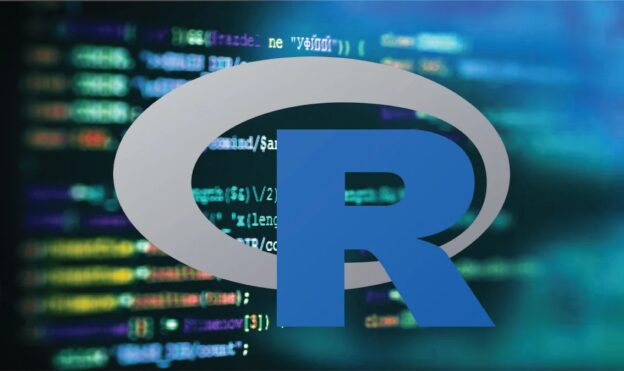4 hours of instruction
In this course, learners will encounter more sophisticated methods for generating clusters within unlabeled data using R. The first method, hierarchical clustering, creates tree branch-based clusters in order of increasing specificity. The second, density-based clustering, creates groups based on the concentration of data points within a region. By the end of this course, learners will prepare data for, implement, and optimize these models, and compare their relative advantages.
OBJECTIVES
- Mine data to find latent patterns and groups in different types of data
- Summarize the process behind agglomerative clustering and discuss the types of linkage methods
- Summarize the process and implement density-based clustering (DBSCAN)
- Identify use cases where clustering analyses are relevant and where they are not applicable
PREREQUISITES
Moderate familiarity wrangling and visualizing data based on unsupervised learning methods in R is required.
SYLLABUS & TOPICS COVERED
- Hierarchical
- Hierarchical clustering algorithm in a nutshell
- Implement Hierarchical clustering on a dataset
- DBSCAN
- DBSCAN algorithm use case and logic
- Implement DBSCAN on a dataset
SOFTWARE REQUIREMENTS
You will have access to an R-based Posit Cloud environment for this course. No additional download or installation is required.

